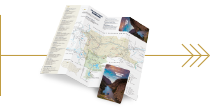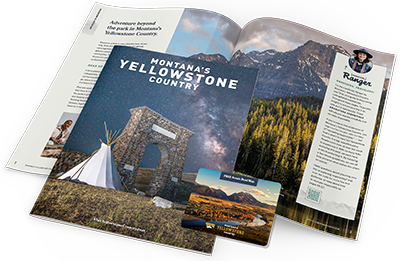The Wild Lives of Yellowstone Country
Yellowstone Country is a wildlife watcher's paradise. The region is home to one of the greatest concentrations of wildlife in the lower 48 states—including bears, moose, elk, deer, bighorn sheep, pronghorn antelope, river otters and the largest herd of free-roaming bison in the United States. While the chance to view these animals is incredible, the land, first and foremost, belongs to them.
When to Go
Wildlife watching in Yellowstone Country is arguably second-to-none all year long, but there are a few tips to keep in mind when planning your trip, depending on your specific interests. If you love cute and playful babies—like bison calves, fox kits and bear cubs—consider visiting between late April and early June. If you can't miss the opportunity to hear the haunting bugle of a bull elk, or observe mature bull elk firsthand, it's best to visit late September through early October. For the hardier visitor, a winter visit means wildlife are easier to spot against the white landscape, and your chances of spotting wolves on the hunt are better when the snow flies.
What to Bring
Most of your wildlife encounters will occur from a distance (and you should never approach a wild animal), so it's a great idea to bring high-powered binoculars or spotting scopes. All of Yellowstone Country is grizzly bear country, so if you plan on hiking any distance it's also a good idea to bring bear spray. Just remember you can't take bear spray on the plane with you, so plan to purchase or rent it when you arrive.
For Best Results, Go With a Guide
A large concentration of wildlife also means a large concentration of wildlife guides! Many tour companies in Yellowstone Country are staffed with seasoned wildlife biologists, photographers and other experts in their field. Not only will they do the planning and driving for you, they also have decades of firsthand experience finding your favorite animals. They have the tools to teach you about the fascinating intricacies of the Greater Yellowstone ecosystem, enhancing your overall understanding and appreciation of this wild region.

















